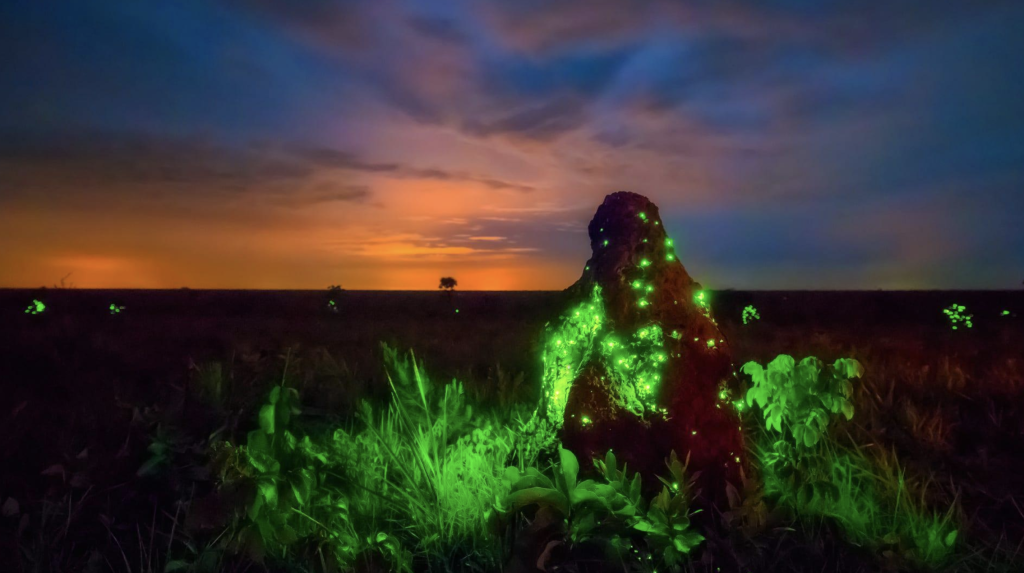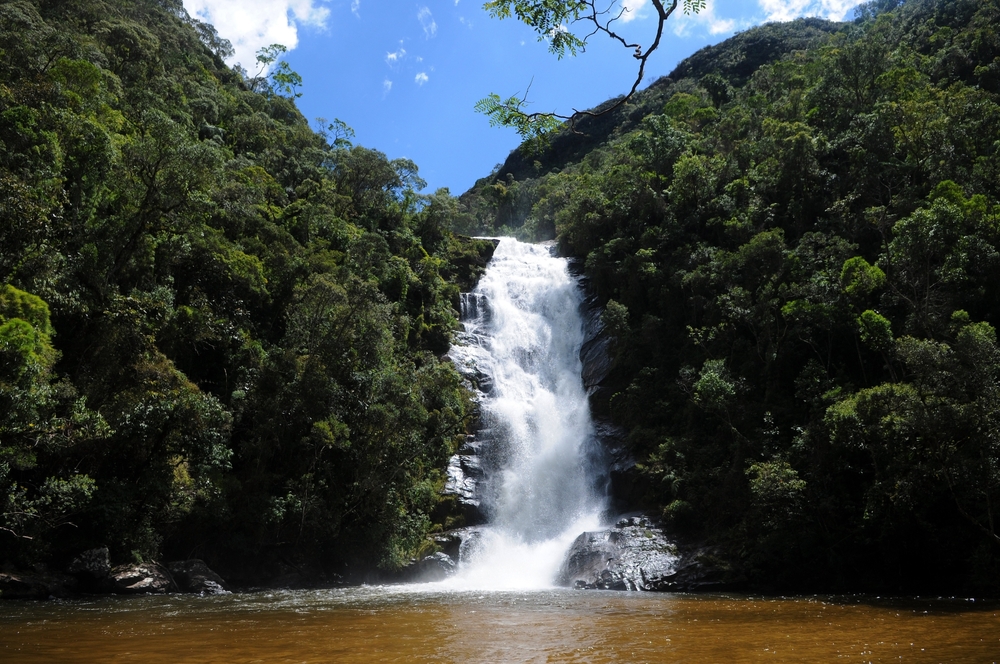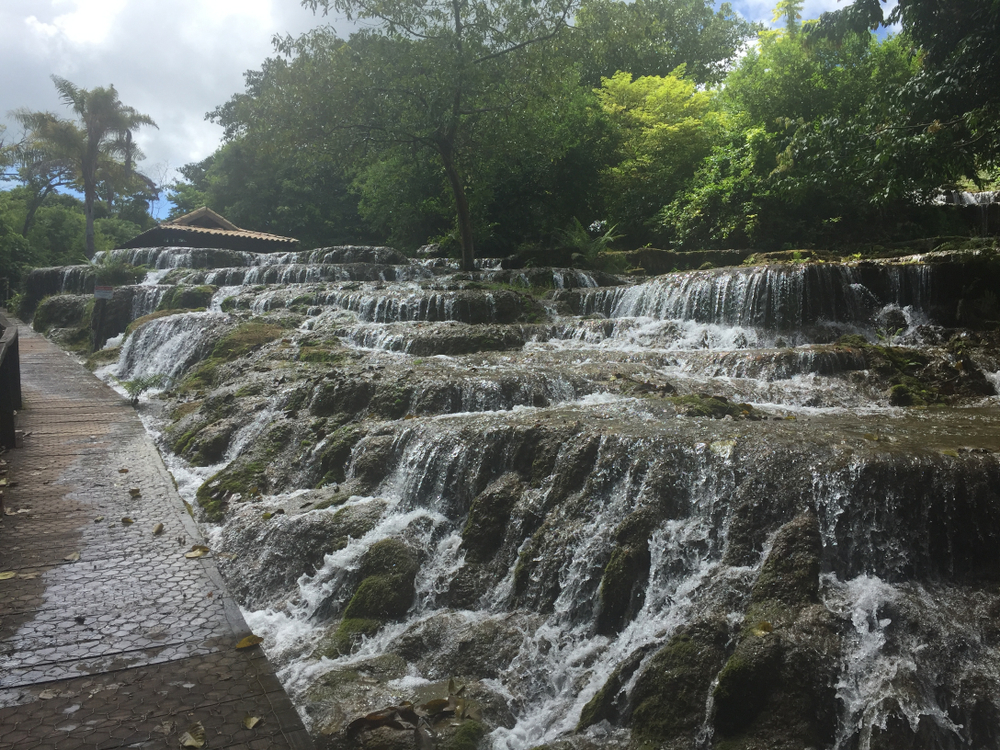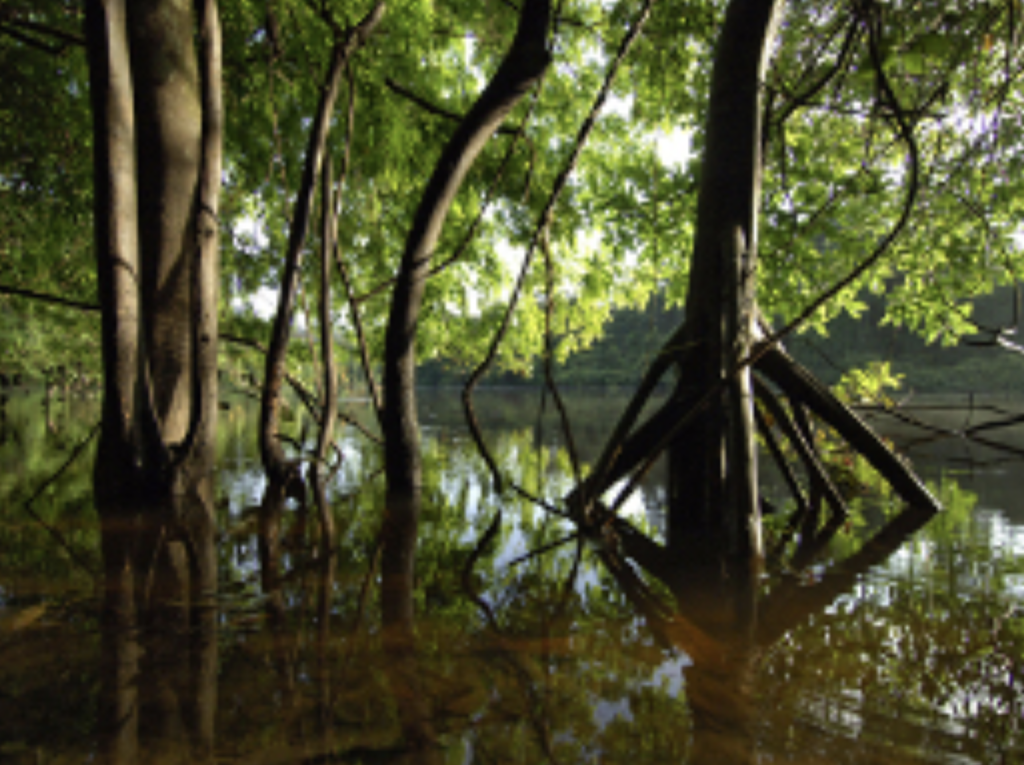Serra do Divisor Overview
Serra do Divisor National Park, known in Portuguese as Parque Nacional da Serra do Divisor, is a vast protected area in the westernmost part of Brazil, within the state of Acre. Spanning approximately 3,843 square miles (9,530 square kilometers), the park is situated along the border with Peru and is part of the Amazon rainforest.
It is one of the most remote and biodiverse national parks in Brazil, featuring a unique combination of tropical lowland forests, rugged mountains, and river systems. The park derives its name from the Serra do Divisor mountain range, which forms a natural divide between watersheds and presents a striking contrast to the flat terrain commonly associated with the Amazon basin.
The landscape includes rolling hills, steep cliffs, and waterfalls such as the Cachoeira do Arco-Íris, which cascades down rocky outcrops surrounded by dense foliage. Rivers like the Moa and Juruá wind through the park, providing vital water sources for both wildlife and local communities.
The park is home to an incredible array of wildlife, with many species that are rare or endemic to the region. Large mammals such as jaguars, pumas, and giant anteaters roam the dense forests, while smaller primates, including the red-faced spider monkey and emperor tamarin, thrive in the treetops.
The park’s waterways support a variety of amphibians and reptiles, including the striking yellow-footed tortoise and several species of caiman. Birdwatchers can spot vibrant macaws, harpy eagles, and the elusive black-faced cotinga, a species that is seldom seen outside of this region. The park’s biodiversity is further enriched by its rich insect and plant life, including towering emergent trees and a remarkable variety of orchids and bromeliads.
Visitors to Serra do Divisor National Park can explore its wonders through river expeditions, hiking trails, and guided wildlife tours. The Moa River is a popular route for boat trips, allowing visitors to navigate deep into the heart of the forest while observing the region’s rich flora and fauna.
Hiking trails lead adventurers to viewpoints atop the Serra do Divisor mountains, where panoramic vistas extend over the seemingly endless rainforest canopy. Waterfalls and natural pools provide scenic spots for relaxation and swimming.
The park is also culturally significant, as it is home to Indigenous and traditional riverine communities, offering opportunities to experience their way of life through sustainable tourism initiatives.
One of the biggest challenges facing the park is deforestation, driven by illegal logging and agricultural expansion in surrounding areas. Despite its status as a protected area, enforcement remains difficult due to its remote location and vast size.
Conservation efforts have been focused on strengthening protections, supporting local communities in sustainable resource management, and promoting ecotourism as an alternative to destructive land use practices. The park’s isolation has helped preserve much of its ecosystem, but ongoing efforts are needed to ensure its long-term protection.
In recent years, collaborative conservation programs between environmental organizations, local residents, and government agencies have aimed to improve monitoring and sustainable development, offering hope for its continued survival.
Park Map
Serra do Divisor National Park Highlights
Share your clicks with us
Related National Parks More Brazil

Emas National Park

Iguaçu National Park

Serra da Bocaina National Park

Serra da Bodoquena National Park

Sierra del Divisor National Park

Serra do Cipó National Park

Serra da Capivara National Park

Serranía de la Neblina National Park

Montanhas do Tumucumaque National Park











































































